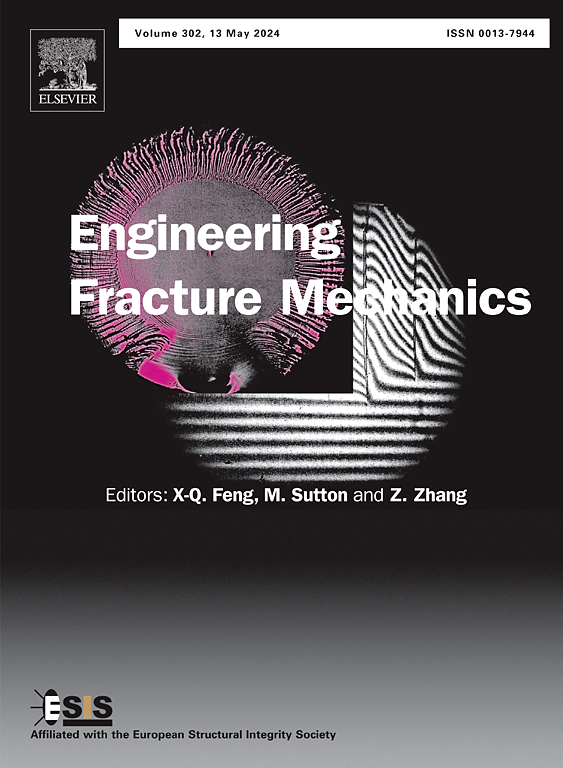Investigation of the fracture characteristics of mixed-mode I/III crack by using two kinds of sandstone specimens
Abstract
This study aims to identify specimens that are more suitable for examining the failure properties of I/III mixed-mode cracks under static loads. We employed single-edge notched bending (SENB) and edge-notched disc bending (ENDB) specimens, and used ABAQUS finite element method software to calculate the stress intensity factors for modes I and III at various crack inclination angles θ. Fracture toughness was tested using three-point bending experiments on two types of sandstone specimens. The evolution of mixed-mode I/III fracture morphology and failure patterns was investigated with a monocular microscope. Additionally, the evolution of the strain field and crack tip opening displacement was analyzed using the digital image correlation method. Our findings indicate that the fracture toughness of the ENDB specimens surpassed that of the SENB specimens. The effective fracture toughness of both SENB and ENDB specimens initially increased with crack inclination angle θ but then decreased. The fracture mode correlated with energy release; the energy release rate of the ENDB specimens exceeded that of the SENB specimens, making the former more brittle. For SENB specimens, crack initiation was primarily intergranular, while ENDB specimens exhibited predominantly transgranular fractures. The crack initiation moments for both specimen types increased with higher crack inclination angles. Furthermore, at the same crack inclination angle, ENDB specimens cracked earlier than SENB specimens.

 求助内容:
求助内容: 应助结果提醒方式:
应助结果提醒方式:


